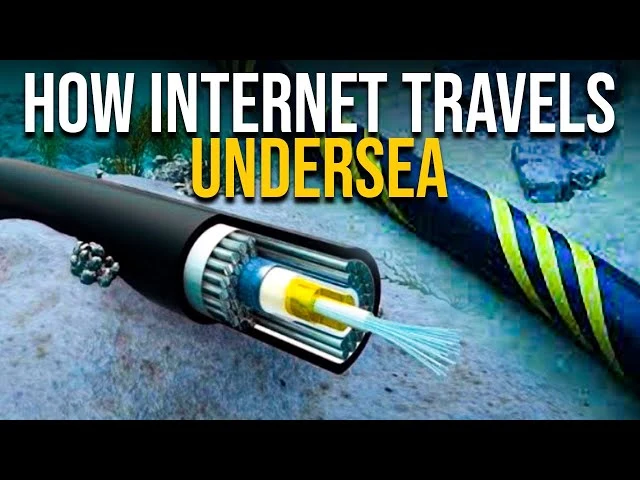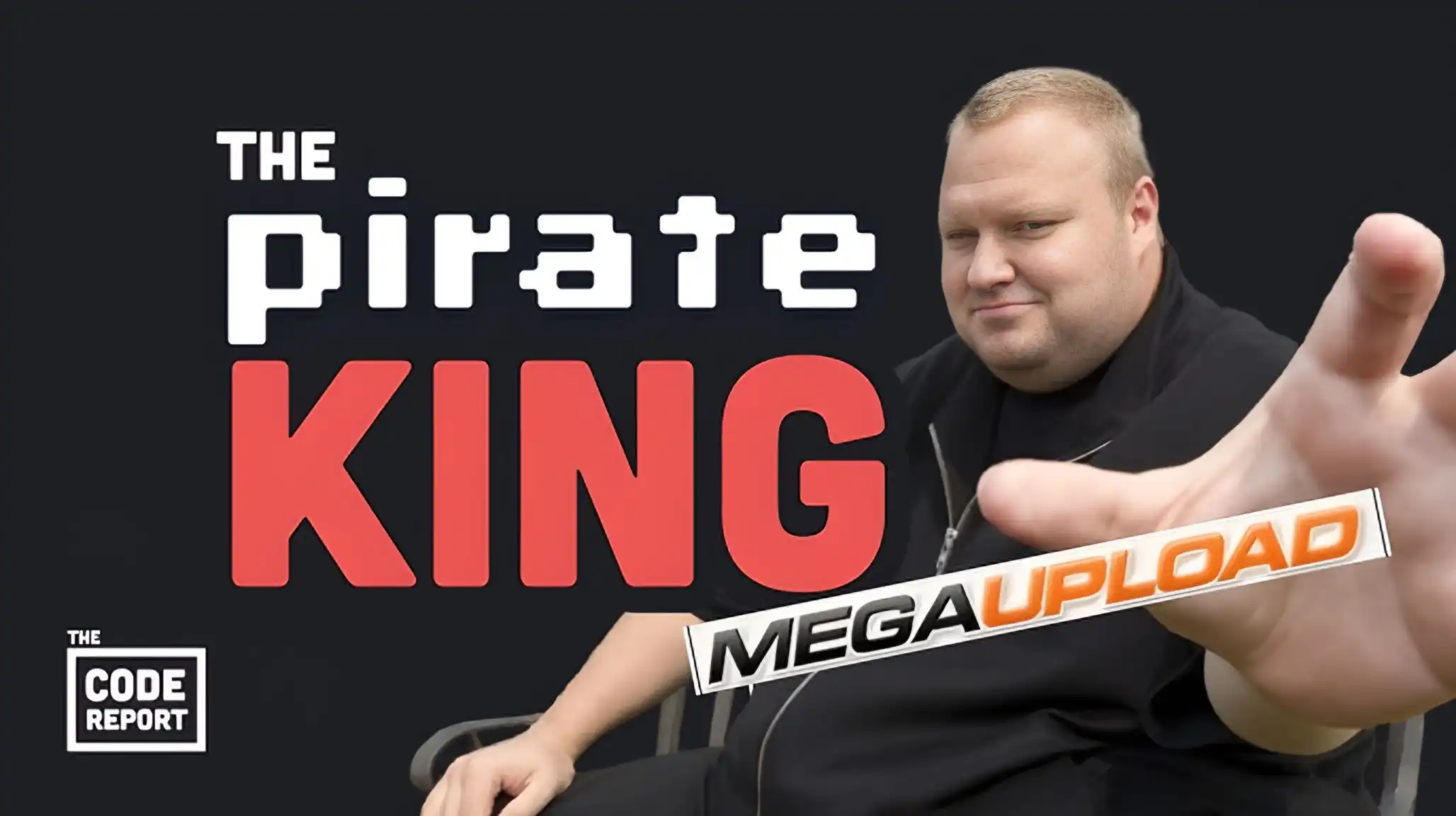How The Internet Travels Under Sea!
How the Internet Travels Across Oceans: Understanding Submarine Cables
In our increasingly digital world, the internet is a cornerstone of daily life, enabling communication, commerce, and information exchange across the globe. While we often take for granted the seamless connectivity provided by our devices, the infrastructure that supports this connectivity is complex and, quite literally, stretches across oceans. At the heart of this infrastructure are submarine cables—massive networks of fibre-optic cables that lie on the ocean floor, connecting continents and allowing for the rapid transfer of data. This article will delve into how these cables work, their history, their construction, and their significance in our globalised society.
The Backbone of Global Communication
Submarine cables are the backbone of the internet, responsible for carrying approximately 99% of international data traffic. Unlike satellites, which can suffer from latency issues and limited bandwidth, submarine cables offer a more reliable and faster means of data transmission. These cables consist of multiple strands of optical fibres encased in protective materials, allowing them to transmit data as light signals over long distances.
A Brief History of Submarine Cables
The history of submarine cables dates back to the mid-19th century. The first successful transatlantic cable was laid in 1866, connecting Europe and North America. This milestone revolutionised communication, reducing the time it took to send messages from weeks to mere minutes. Over the years, the technology and materials used in these cables have evolved significantly. Early cables were made of copper, but advances in technology led to the adoption of fibre optics in the 1980s, which provided much higher data transmission speeds and capacities.
How Submarine Cables are Constructed
The construction of submarine cables is a complex process that involves several stages:
- Design and Planning: Before laying any cable, extensive planning is required. Engineers assess the ocean floor’s geography, considering factors like depth, currents, and potential hazards such as shipwrecks and natural formations. They also plan the route carefully to minimise risks.
- Manufacturing: Once the design is finalised, the cables are manufactured. Modern submarine cables are typically composed of several layers:
- Core: The core consists of multiple strands of glass fibre, which are the primary means of data transmission.
- Protective Layers: Surrounding the core are layers of insulation and protective materials. These layers shield the fibres from physical damage, moisture, and the harsh ocean environment. This includes steel wires and polyethylene sheathing, which provide strength and durability.
- Laying the Cable: The cable is laid using specialised ships equipped with cable-laying technology. These ships are designed to operate in challenging ocean conditions, and they can carefully lower the cable to the seabed, ensuring it follows the planned route. This process often involves burying the cable under the sea floor in areas with heavy ship traffic or potential hazards to prevent damage.
- Testing and Commissioning: After the cable is laid, it undergoes rigorous testing to ensure that it functions correctly. Engineers check the signal quality and capacity before the cable is officially commissioned for use.
The Technology Behind Data Transmission
Submarine cables rely on advanced technologies to transmit data efficiently. The core of each cable contains multiple fibre strands, each capable of carrying vast amounts of data. These fibres transmit data using light pulses, which are generated by lasers. The technology allows for an incredible data transfer rate, with modern cables achieving speeds of several terabits per second.
To further enhance capacity and efficiency, techniques such as Wavelength Division Multiplexing (WDM) are employed. WDM enables multiple data signals to be sent simultaneously over a single fibre by using different wavelengths (or channels) of light. This means that a single cable can carry much more data than would otherwise be possible.
The Global Network of Submarine Cables
Today, the global network of submarine cables is vast and intricate. As of 2024, there are over 400 active submarine cables, spanning more than 1.3 million kilometres. These cables interconnect countries and continents, forming a web of connectivity that supports everything from social media and streaming services to online banking and cloud computing.
The major players in this market include telecommunications companies, tech giants, and consortiums formed by multiple stakeholders. Companies like Google, Facebook, and Amazon are investing heavily in their own submarine cable systems to ensure faster and more reliable connections for their users.
Challenges and Risks
While submarine cables are remarkably resilient, they face numerous challenges and risks. Environmental factors, such as underwater earthquakes and severe weather, can damage cables, leading to disruptions in service. Additionally, human activities, such as fishing and shipping, pose risks, as trawlers and anchors can inadvertently damage the cables.
Maintenance is a crucial aspect of managing submarine cables. Repairing a damaged cable can be a complex and costly operation, often requiring specialised ships and teams. In some cases, cables may be repaired in situ, while in others, sections of the cable must be retrieved for repair on land.
The Future of Submarine Cables
As the demand for internet connectivity continues to grow, particularly with the rise of data-intensive applications like streaming, gaming, and cloud computing, the need for more submarine cables will increase. The development of new technologies, such as 5G and the Internet of Things (IoT), will further drive this demand.
Moreover, there is an increasing focus on sustainability and environmental considerations in the deployment of submarine cables. New projects are being designed with greater attention to ecological impact, seeking to minimise disruption to marine ecosystems.
Conclusion
Submarine cables are the unsung heroes of the internet, enabling global communication and connectivity. As we continue to rely on the internet for various aspects of our lives, understanding the infrastructure that supports it becomes increasingly important. From their historical roots to modern innovations, these cables represent a remarkable engineering achievement, facilitating the seamless flow of information across oceans and connecting people worldwide. As technology advances and demand grows, the future of submarine cables looks promising, ensuring that our digital lives remain interconnected and thriving.













